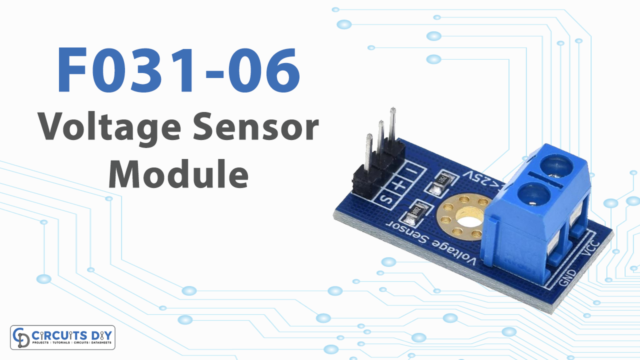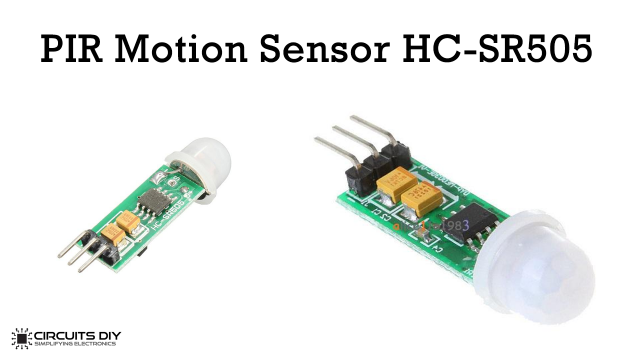Hydrogen sulfide (H2S) is a colorless gas popular for its pungent rotten egg odor at low concentrations. Hydrogen sulfide is produced in several industries like in Oil and gas refining, Mining, Pulp and paper processing, tanning, etc. However, it is harsh for humans at moderate or low concentrations. For example, it causes severe respiratory issues, like coughing, breathing difficulty, fluid in the lungs, etc. It can also cause eye irritation, dizziness, vomiting, nausea, headache, etc. So, the measurement of the concentration level is necessary for this gas. Thus, MQ136 got invented.

An Overview about MQ136
MQ136 Gas Sensor monitors the concentration of Hydrogen Sulfide gas. This Module sensor provides a digital and analog output. You can interface the sensor with Microcontrollers like Arduino to get the readings.
Internal Structure
This MQ sensor is formed with a micro AL2O3 ceramic tube, a sensitive layer of tin dioxide (SnO2), measuring electrode, and heater, which are fixed into a crust of stainless steel net and plastic. The heater provides certain work conditions for sensitive components. The MQ136 sensor has six pins, four of them are used to fetch signals, while it used the other two for providing heating current.

Working Principle
The MQ136 sensor contains tin dioxide (SnO2), which has a smaller conductivity in clean air. When there is hydrogen sulfide gas, the conductivity of the sensor becomes higher. A basic circuit makes measuring this change in conductivity and turning it into data quite straightforward, but requires some calibration.
Features and Specifications of MQ136
Features
- Dual signal output (analog output and TTL level output)
- The TTL output effective signal is low. (The signal light is on when the output is low and can be directly connected to the microcontroller)
- Analog output 0 ~ 5V voltage, the higher the concentration the higher the voltage.
- Good sensitivity to hydrogen sulfide, liquefied gas, natural gas, city gas, and smoke.
- with long service life and reliable stability
- fast response recovery characteristics
- Size: 32mm X22mm X27mm length X width X height
- The main chip: LM393, ZYMQ-136 gas sensors
- Good sensitivity to Hydrogen sulfide
- Long life and low cost
- Simple drive circuit
Specifications
- Circuit voltage: 5V±0.1
- Heating voltage: 5V±0.1
- Load resistance: can adjust
- Heater resistance: 31Ω±5%
- Heating consumption: less than 800mw
- Sensing Resistance: 30KΩ-200KΩ (10ppm H2S)
- Temp: 20℃±2℃ Vc:5V±0.1
- Humidity: 65%±5% Vh: 5V±0.1
Pinouts MQ136
| Pin Number | Pin Name | Description |
| 1 | Vcc | The [in is there to power the module, requires 5V |
| 2 | Ground | To connect the module to the system’s common ground |
| 3 | Digital Out | Digital output pin, the Threshold value can be set by using the potentiometer |
| 4 | Analog Out | Analog output pin. Analog voltage based on the concentration of the gas |

Applications
Hydrogen Sulfide Detector
Portable hydrogen sulfide concentration detectors are a simple device for Health and Safety Management that collects real-time data on hydrogen sulfide gas levels both indoors and outdoors. Hence, uses the MQ-136 sensor.
Air Quality Monitoring
Air pollution is a significant environmental problem and creates serious harm to human health. An IoT-based air quality monitoring uses sensors to monitor the pollutants to which are toxic to human health. And, for this purpose, the device uses a microcontroller with an MQ-136 sensor.













